During the cold winter months, hands and feet are the curse of the cyclist. Wearing gloves is a must, but it can still be difficult to maintain a comfortable temperature and for this reason it is important to choose the right ones.
On cool days in spring and autumn, lightweight, full-finger gloves are enough to keep out the wind and provide light thermal protection. The air is not too cold and the heat generated through activity is enough to keep your hands warm. Your priority will be to achieve maximum breathability, to wick away perspiration.
But when it's cold or rainy, if your gloves are unable to provide adequate protection, cold hands make cycling miserable. As most cyclists know from experience, the excessive cold causes intense pain in your fingertips, and this can even lead to the loss of sensitivity required for braking, with the risk that this entails. The best kind of protection is to use gloves with a waterproof membrane to keep out the wind and rain, but they should also be highly breathable, to avoid overheating and excessive sweating.
How Winter Gloves Work
Like all technical winter clothing, gloves are based on the layering system to achieve proper thermal regulation and keep out the wind, rain and snow. Using two or three thin layers is more effective than one single thick layer. Layers provide greater insulation, as warm air is stored between them and, they can be added or removed, depending on the temperature or weather conditions.
Some gloves are made of separate layers, but most include the layers in a single design and do not offer the possibility of removing or adding them as conditions change. This makes it all the more important to choose correctly. Th e following three layers are the norm:
- An insulating base layer next to the skin, maintains your body temperature. Its weight will depend on the comfort temperature range of the gloves. There are numerous fabrics available with different levels of thermal protection and the most commonly used for gloves, for extreme temperatures, are Thinsulate®, Primaloft®, and Polartec®.
- A breathable membrane protects against wind and, in some cases, rain. The best known are waterproof Gore Tex® and windproof Windstopper® membranes, which have evolved into Gore Tex Infinium®, in its most recent version. But there are also other high quality membranes by other brands.
- The shell layer, varies in its composition, according to the area of the hand. The palm is usually made with natural or synthetic, water-repellent, non-slip leather and padding in areas prone to pressure. The back of the hand is made with tough materials to make it more durable. A chamois or plush insert is nearly always included as a nose wipe or to wipe away sweat, and touchscreen fingertips allow you to use your smart phone and GPS device without removing your gloves.
Depending on how these layer are combined, you can find gloves that are designed to function according to the temperature and level of humidity. Levels of protection range from moderate cold, to intense cold and extreme cold, and in all cases, with the possibility of rain. Below, we will look at the gloves recommended for each of these conditions, although the following considerations also need to be taken into account:
- The realfeel temperature is colder than the actual temperature when cycling, due to the cooling effect of moving at high speed.
- Cold resistance is subjective and personal. Some cyclists are able to withstand much lower temperatures than others. There are different reasons for this, but it is often related to blood circulation, which is our body's main thermoregulation mechanism.
- The type of cycling is also important. Hands usually get colder when road cycling, because they do not change position frequently, but less sensitivity is needed, so thicker gloves can be used. Enduro, on the other hand, requires more sensitivity to control the bike and your hands are more active, so lighter gloves with thinner, more sensitive palms are often the best choice.
The model you choose will depend on these three aspects together with the level of thermal protection and type of membrane you require.
Cycling Gloves for the Moderate Cold
Although some riders are more sensitive to the cold than others, as a general rule, we can consider temperatures above 5º as moderately cold. The upper limit would be 15°C, because above this temperature, specific winter gloves would no longer be necessary for most cyclists, and light thermal protection would be sufficient, except in wet weather.
The most suitable gloves for moderately cold climates feature a windproof membrane, light or moderate thermal protection and are highly breathable. Good wicking capacity is essential to ensure your hands stay dry as you sweat on intense climbs and keep you warm as you cool down on fast descents.
The best-selling models in this range use Windstopper® windproof membranes or similar technologies, such as Softshell, Windprotect, etc. These types of membranes usually have water-repellent properties for light, sporadic rain.
If you frequently ride in the rain, even at moderate temperatures, you should consider getting gloves with a waterproof membrane such as Gore Tex®, Outdry, Hipora® or similar. But waterproof membranes are less breathable and for this reason we recommend they have very light thermal protection, to avoid overheating and the accumulation of sweat.
Within the extensive range of gloves at Mammoth, we have chosen two of our best-selling models from Endura for their excellent value for money, which can serve as a reference guide:
 Endura Windchill Gloves
Endura Windchill Gloves
- Endura Pro SL Windproof for road cycling
 Endura Pro SL Windproof Gloves
Endura Pro SL Windproof GlovesCycling Gloves for the Intense and Extreme Cold
We consider intense cold when temperatures drop below 5ºC, and extreme cold when they are below -5ºC. At these temperatures, gloves should have high or very high thermal protection and good insulation with a quality membrane.
These gloves have inner layers of specially insulating fabrics: Polartec®, Primaloft® and Thinsulate®, the first is the most breathable and the last two offer the highest thermal protection.
We recommend choosing gloves for general weather conditions in each area, and to make up for exceptions with other resources.
- In areas with little rainfall, we recommend gloves with a windproof membrane, a thermal layer and thickness according to the temperature. If you do not want to purchase a second pair of waterproof gloves for rainy weather, you can opt for thin over-gloves with a waterproof membrane, which are compatible with all types of gloves and are ideal for those few days of rain.
- In humid areas, where rain is frequent, a waterproof membrane is necessary. And, as with windproof gloves, the type of thermal layer will depend on the temperature. It is advisable to choose sealed seams, so that they can withstand the rain for longer, without it seeping through the seams. It is also essential that it has a good palm grip, even when wet.
When using gloves with either a windproof or waterproof membrane, combined with high thermal protection, the biggest problem is the variation in temperature. For example, in areas with dry, continental climates, the temperature can start at -5º in the morning and end at midday with temperatures above 15º. These are extreme circumstances that are difficult to manage, but are solved by choosing a glove suitable for the average temperature expected during the day and adding a thin liner for added warmth during the early extreme temperatures. You can find liners in a variety of fabrics, such as cotton, wool, silk or synthetics. And, although they may seem to offer little protection, due to the layering system, we mentioned earlier, the comfort temperature is easily reduced by 3º or 4ºC. This method will alleviate the cold considerably in those early hours and they can be removed when the temperature rises.
There is a wide variety of gloves, both for intense and extreme cold, from top quality brands. The following are some reference models, from both categories
For intense cold, with high thermal protection, the best-selling Endura models such as the Endura Strike or the Endura Deluge, both waterproof, once again stand out. And, a highly breathable, windproof Gore Windstopper® membrane, can be found in gloves, such as the Castelli Perfetto and the Sportful WS Essential 2.
 Sportful WS Esenttial 2
Sportful WS Esenttial 2
For the extreme cold, with very high thermal protection, there is a range of excellent quality gloves, with surprising results. It is worth highlighting a few from this range, such as the: Endura MT500, Castelli Estremo and Assos Oires Ultraz Winter.
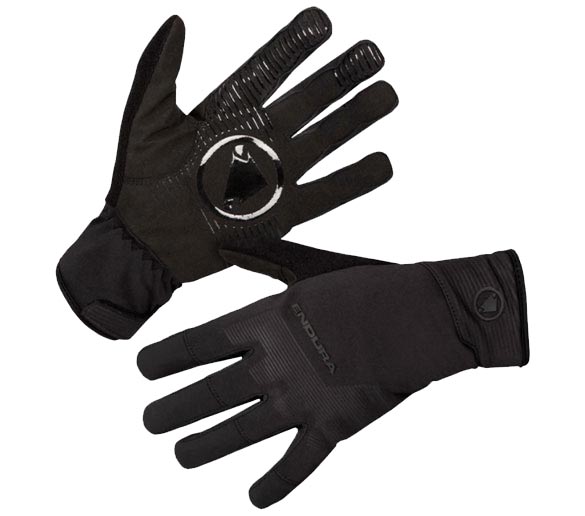 Endura MT500 Freezing Point Waterproof
Endura MT500 Freezing Point Waterproof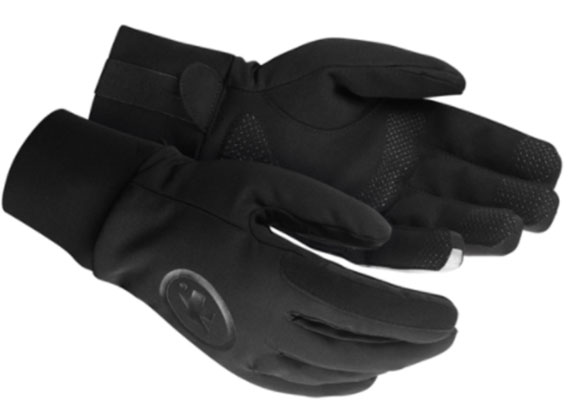 Assos Oires Ultraz Winter
Assos Oires Ultraz WinterCycling Gloves for Heavy Rain
If you have to face hours of heavy rain, along with low temperatures, even the best gloves with waterproof membranes will end up soaking and freezing your hands. For these extreme situations, we recommend neoprene gloves, which are the only type that guarantee a comfortable temperature. Made in the same material used for diving and water sports, but thinner, they facilitate grip and control of the handlebars. This is a very effective solution, but only recommended for these extreme conditions, as they are not breathable. There are excellent models from various brands such as the Castelli Diluvio, Endura FS260-Pro Nemo Glove II, Gobik Tundra 2.0, or Sportful Neoprene, among others.
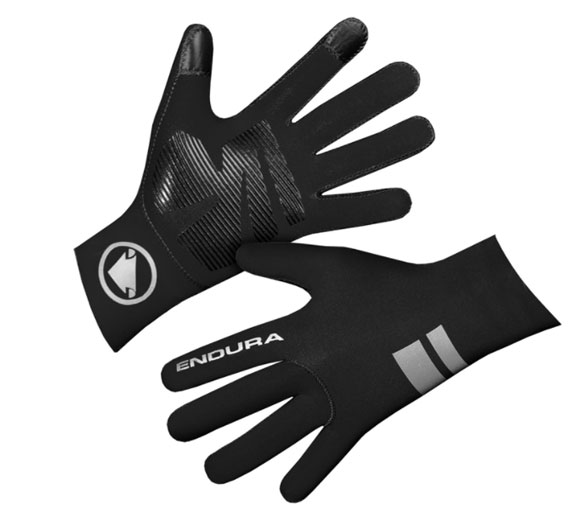 Endura FS260-Pro Nemo Glove II
Endura FS260-Pro Nemo Glove IIThere are many options and glove designs available for the enjoyment of cycling in winter, to keep out the cold and rain. You will find professional advice and the largest selection of the best brands at Mammoth stores and at our online store mammothbikes.com.
More information in related articles and videos:


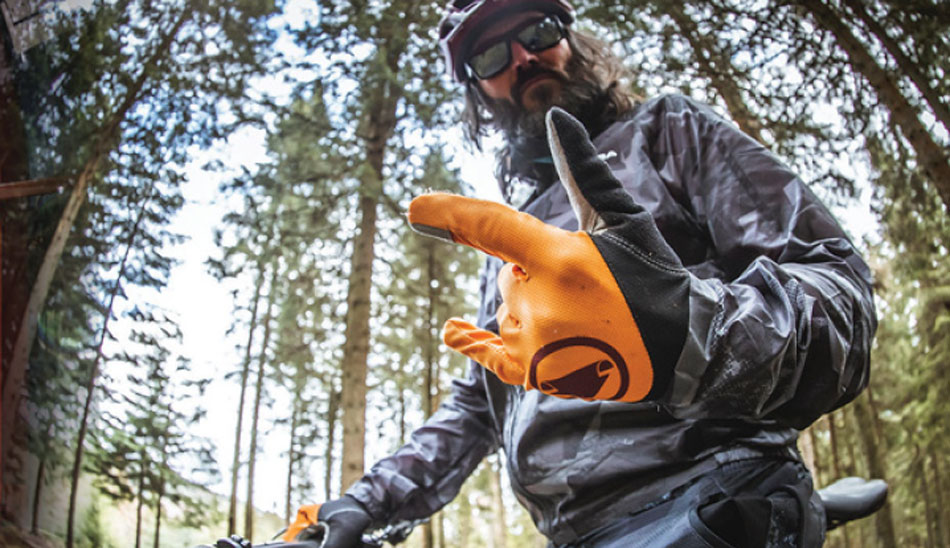
 Endura Windchill Gloves
Endura Windchill Gloves Endura Pro SL Windproof Gloves
Endura Pro SL Windproof Gloves Sportful WS Esenttial 2
Sportful WS Esenttial 2 Endura MT500 Freezing Point Waterproof
Endura MT500 Freezing Point Waterproof Assos Oires Ultraz Winter
Assos Oires Ultraz Winter Endura FS260-Pro Nemo Glove II
Endura FS260-Pro Nemo Glove II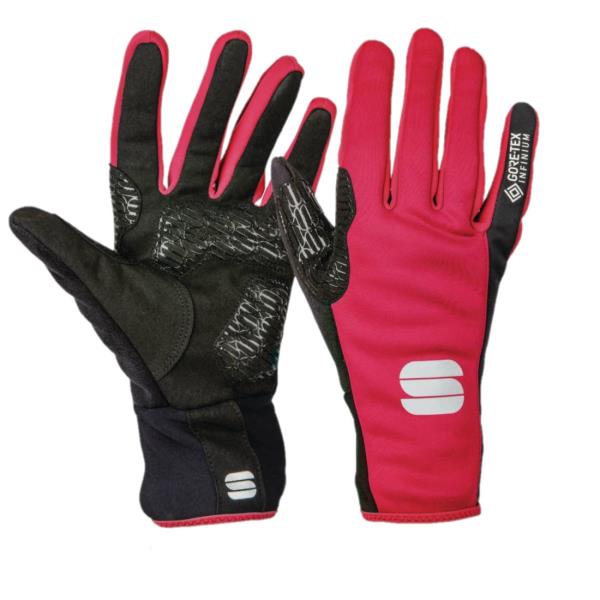
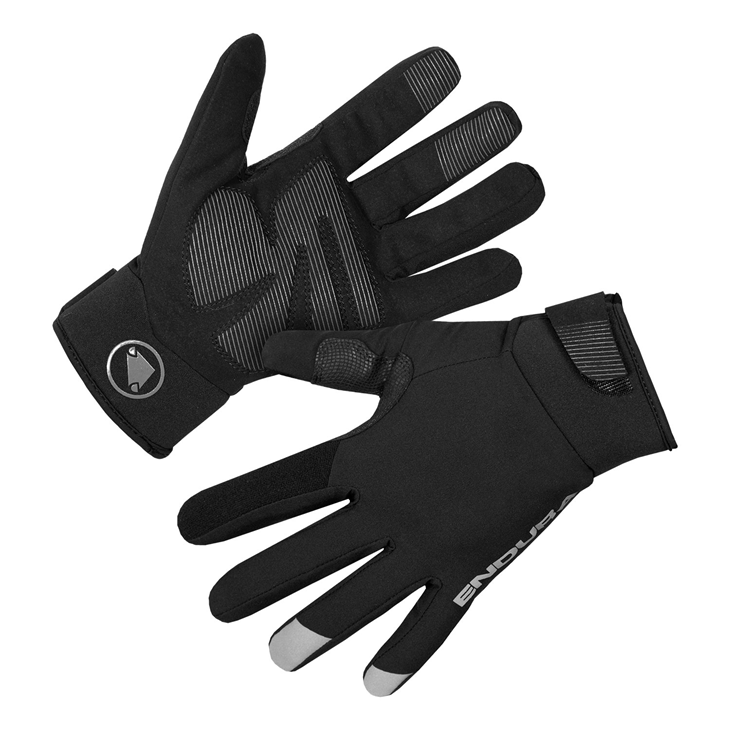
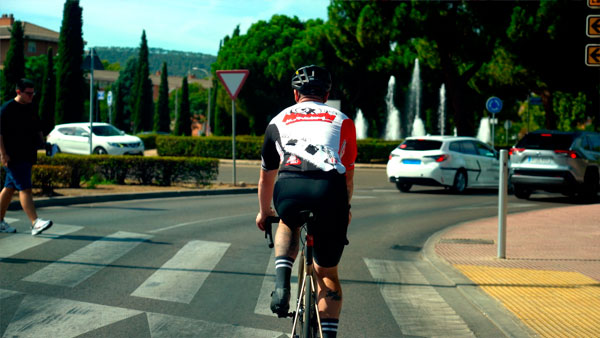

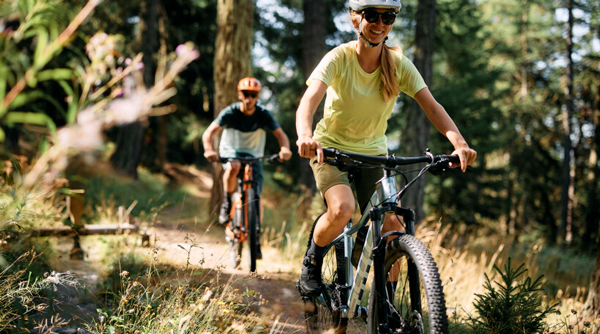

Leave a comment
Be the first to comment on this article.